All Stories
-
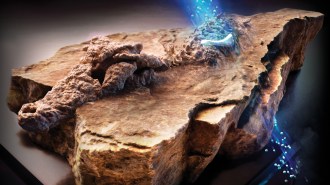 Physics
PhysicsHow neutron imaging uncovers hidden secrets of fossils and artifacts
The technique can complement X-ray scanning and other tools to uncover details of dinosaur fossils, mummies and more.
-
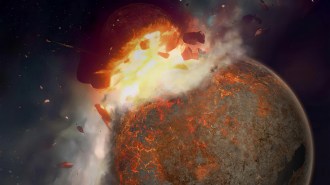
Rock from the impact that formed the moon may linger in Earth’s mantle
When the young Earth and a Mars-sized body collided 4.5 billion years ago, it left behind dense mantle rock that survives to today, a study finds.
By Sid Perkins -
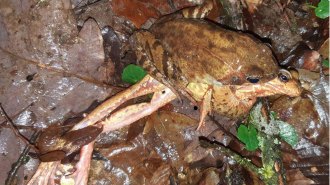 Life
LifeFaking death lets some female frogs slip the mating grip of a male
Suddenly looking dead, grunting like a guy or vigorously rotating can help female frogs survive mating balls in species with aggressively grabby males.
By Susan Milius -
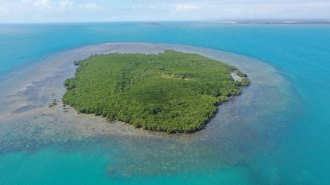 Plants
PlantsOn some Australian islands, sea level rise may be helping mangroves thrive
Rising seas usually spell trouble for mangroves. But the first survey of the Howick Islands in 50 years finds that mangroves there have expanded a lot.
-
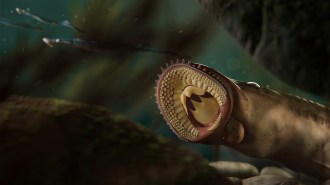 Paleontology
PaleontologyNewfound fossil species of lamprey were flesh eaters
In China, paleontologists have unearthed fossils of two surprisingly large lamprey species from the Jurassic Period.
-
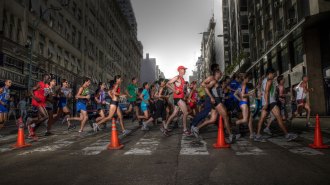 Health & Medicine
Health & MedicineBrain tissue may be fuel for marathon runners
Myelin, fatty tissue that insulates nerve cells in the brain, may be a renewable energy source for marathon runners and other endurance athletes.
By Meghan Rosen -
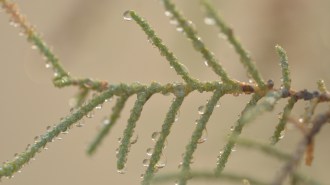 Plants
PlantsSalty sweat helps one desert plant stay hydrated
The Athel tamarisk excretes excess salt through its leaves. The buildup of salt crystals pulls water directly from the air, a study reports.
-
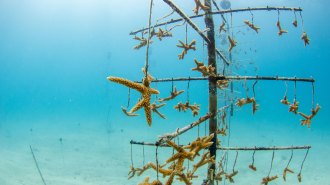 Animals
AnimalsFake fog, ‘re-skinning’ and ‘sea-weeding’ could help coral reefs survive
Coral reefs are in global peril, but scientists around the world are working hard to find ways to help them survive the Anthropocene.
-
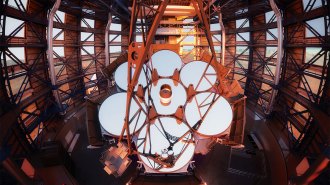 Space
SpaceHow giant mirrors are made for what will be the world’s largest telescope
The Giant Magellan Telescope is slated to probe the cosmos for Earthlike worlds and atmospheric signatures of potential extraterrestrial life.
By Nikk Ogasa -

The early women who shaped science journalism
Editor in chief Nancy Shute discusses the pioneering women who helped create and transform science journalism.
By Nancy Shute -

-
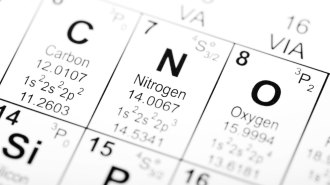 Physics
PhysicsPhysicists get a first glimpse of the elusive isotope nitrogen-9
With seven protons and two neutrons, the lopsided atomic nucleus of nitrogen-9 pushes the limits of what can even be considered a nucleus.
By Elise Cutts